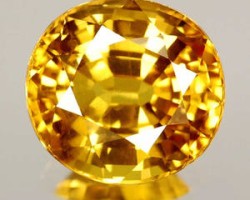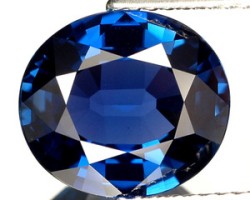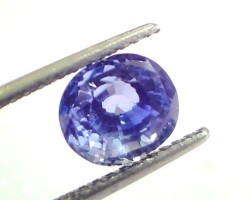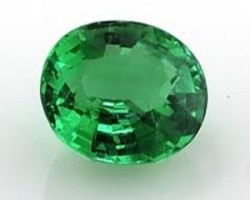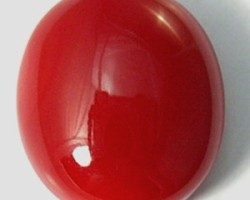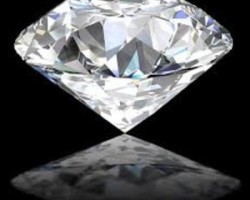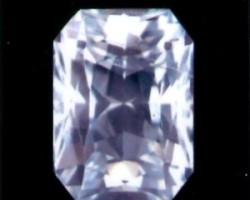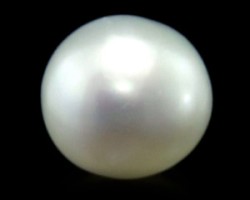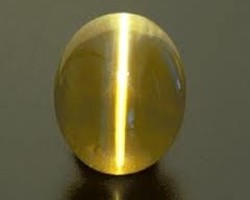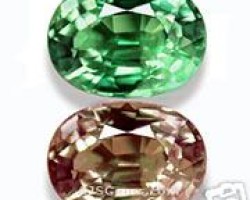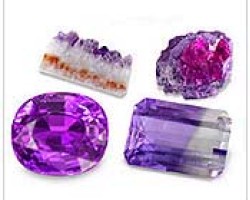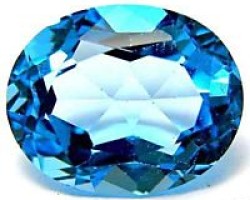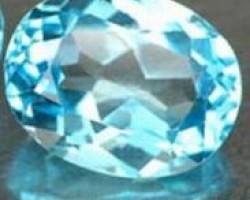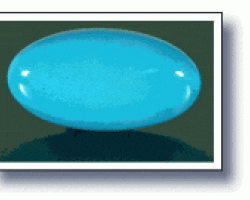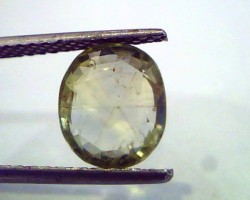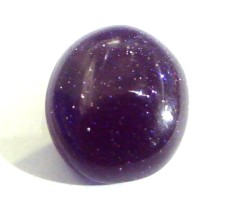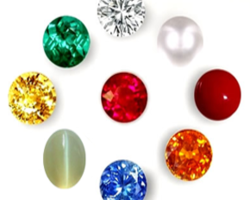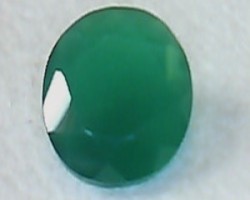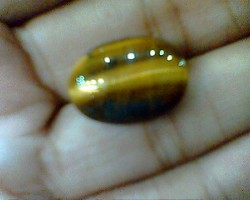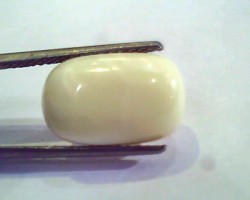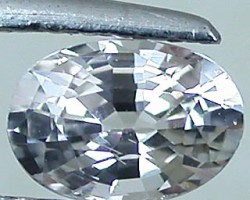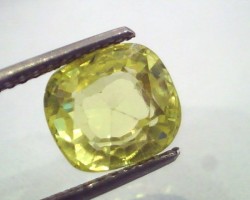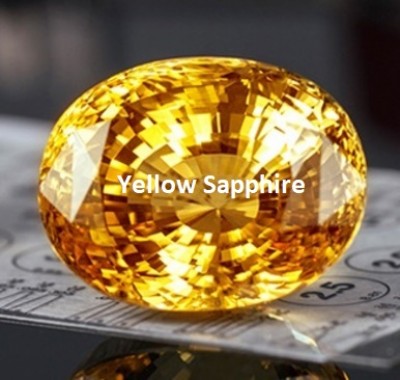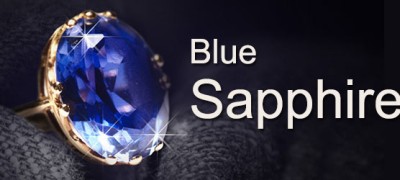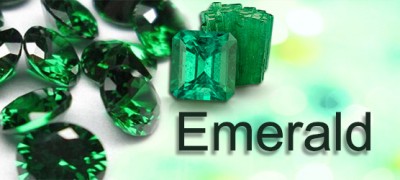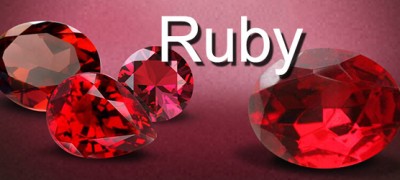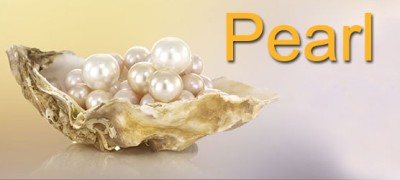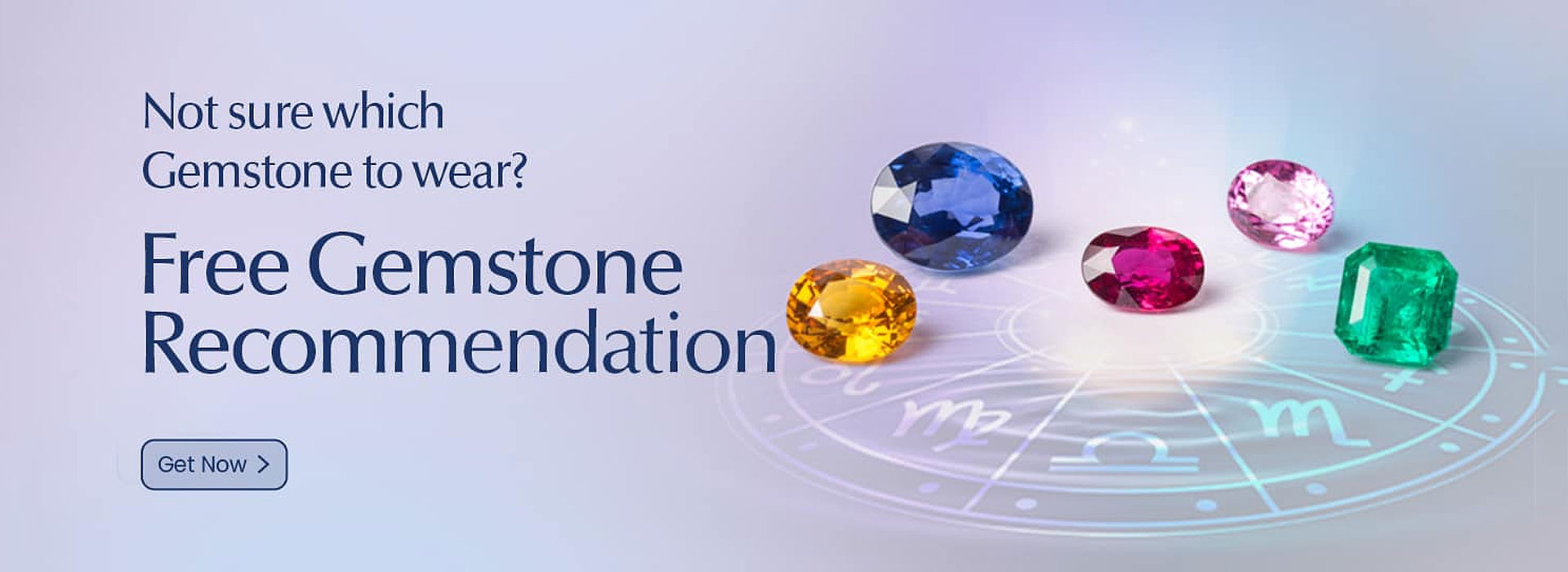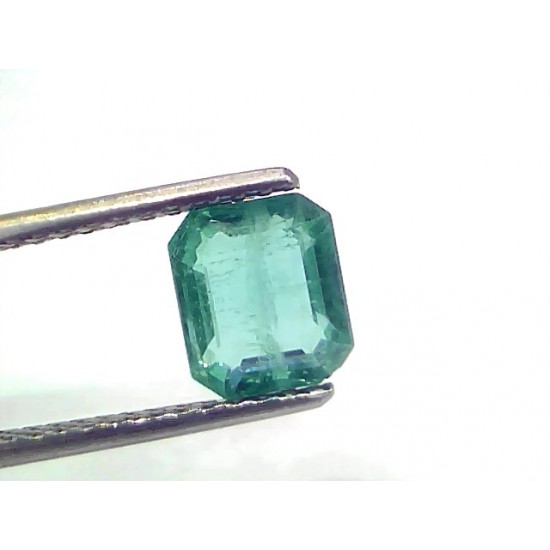
-550x550h.jpg)
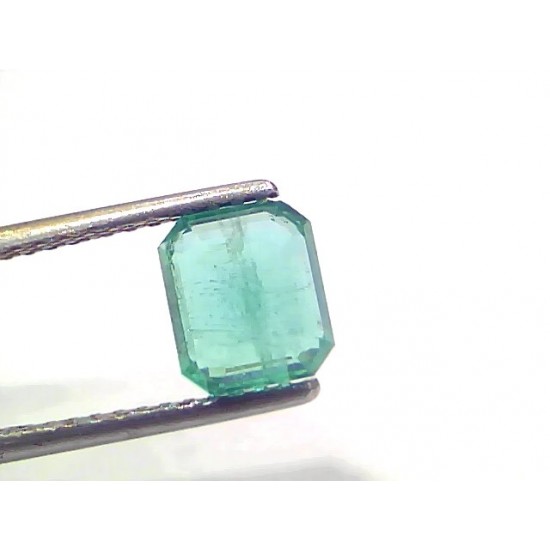
Out Of Stock

-80x80h.jpg)

Product Description | |
Gemstone Name : | Natural emerald |
Number of Pieces: | 1 Pc |
Weight: | 1.91 ct |
Gem Shape: | octogon mix cut |
Colour: Clarity: | Green Vvs Nearly eye clean |
Luster: | EXCELLENT |
ORIGIN | Zambian |
Measurement | 7.93/6.82/4.49 mm approx |
1.91 Ct GII Certified Untreated Natural Zambian Emerald Gemstone
- Stock: Out Of Stock
- Model: emerald920
- Weight: 1.91Ct
₹41,000.00
Available Options
Emerald is a precious gemstone that is known for its beautiful green color and has been valued for centuries. Some of the benefits associated with emerald include:1)Physical healing: Emerald is believed to have healing properties that can help with various physical ailments. It is said to be particularly useful for treating issues related to the eyes, spine, and nervous system.2)Emotional healing: Emerald is also believed to have emotional healing properties. It is said to help with emotional balance, reduce anxiety, and promote a sense of calmness and serenity.3)Increased creativity: Emerald is believed to stimulate creativity and imagination, making it a popular choice among artists and writers.4)Enhanced intuition: Emerald is said to promote spiritual awareness and intuition, helping individuals to connect with their inner selves and become more in tune with their surroundings.5)Wealth and abundance: Emerald has long been associated with wealth and abundance. It is said to attract prosperity and abundance into one's life, making it a popular choice for those looking to improve their financial situation.6)Improved relationships: Emerald is believed to promote harmony and understanding in relationships. It is said to strengthen bonds between couples and enhance communication.Overall, emerald is a beautiful gemstone that is believed to have many beneficial properties. Whether you are looking to improve your physical health, emotional well-being, or your relationships, emerald may be a helpful tool in achieving your goals.
Here are some frequently asked questions about emeralds:1)What is an emerald?An emerald is a green gemstone and a variety of the mineral beryl. It gets its green color from the presence of chromium and/or vanadium.2)What is the most important factor in determining an emerald's value?The most important factor in determining an emerald's value is its color. A deep, rich green color that is not too light or too dark is most desirable.3)What is the hardness of an emerald?Emeralds have a hardness of 7.5-8 on the Mohs scale, which makes them relatively hard gemstones.4)Where are emeralds found?Emeralds are found in several locations around the world, including Colombia, Zambia, Brazil, and Afghanistan.5)Are all emeralds treated?Many emeralds are treated to enhance their color and clarity. Common treatments include oiling and resin filling.6)Can emeralds be worn in everyday jewelry?Emeralds are relatively hard and durable gemstones, but they are not as hard as diamonds or sapphires. They can be worn in everyday jewelry, but care should be taken to protect them from scratches and impacts.7)How should I care for my emerald jewelry?Emeralds should be cleaned gently with warm, soapy water and a soft brush. They should also be protected from scratches and impacts and stored in a soft cloth or jewelry box.8)Can emeralds be used in engagement rings?Yes, emeralds can be used in engagement rings. However, due to their relative softness, they may not be as durable as other gemstones commonly used in engagement rings, such as diamonds or sapphires.9)Are emeralds a birthstone?Yes, emeralds are the birthstone for the month of May.10)What is the significance of emeralds in different cultures?Emeralds have been prized for their beauty and perceived healing properties for centuries. In ancient cultures, they were associated with fertility and rebirth, and were often used in jewelry and other decorative objects. In some cultures, emeralds were believed to have the power to cure diseases and protect against evil spirits.
"Panna stone" is another name for emerald, which is a precious gemstone of the mineral beryl. Here are some other names for emerald in different languages and cultures:Pachu stone: In Gujarati, "pachu" means green, so emerald is sometimes called "pachu stone".Marakata: In Sanskrit, emerald is called "marakata", which means "the green of growing things".Zamrud: In Urdu, emerald is called "zamrud", which means "green".Izumrud: In Russian, emerald is called "izumrud", which comes from the Persian word "zomorrodnegar", meaning "emerald cutter".Smaragd: In German, emerald is called "smaragd", which comes from the Greek word "smaragdos" meaning "green gem".Muzo: This is a specific type of emerald that is found in the Muzo mines of Colombia. These emeralds are known for their intense green color and high quality.Columbian emerald: This is a term used to describe emeralds that are mined in Colombia. These emeralds are known for their deep green color and high quality.
The price of an emerald is determined by several factors, including the stone's color, clarity, cut, carat weight, and origin. Here are some key factors that affect the price of an emerald:1)Color: The most important factor in determining the price of an emerald is its color. The most valuable emeralds are those with a deep, rich green color that is not too light or too dark. The color should be evenly distributed throughout the stone and be free of brown or gray undertones. Emeralds with a bluish-green or yellowish-green hue can also be highly valuable.2)Clarity: The clarity of an emerald refers to the presence or absence of inclusions or blemishes within the stone. Generally, the fewer the inclusions, the more valuable the emerald. However, some inclusions can be acceptable and even desirable if they add to the stone's character and are not too noticeable.3)Cut: A well-cut emerald will have good symmetry, proportions, and faceting that maximize its brilliance and color. Poorly cut emeralds can appear dull or lifeless, even if they have good color and clarity.4)Carat weight: The larger the emerald, the more valuable it is likely to be. However, other factors such as color, clarity, and cut also play a significant role in determining its value.5)Origin: The origin of an emerald can also affect its value, with stones from certain locations (such as Colombia) often commanding a higher price than those from other locations.Once these factors have been considered, a reputable jeweler or gemologist can provide an estimated value for the emerald based on current market conditions. However, it's important to keep in mind that the value of an emerald can fluctuate depending on supply and demand, as well as the overall condition of the global economy.
The quality of an emerald can vary depending on several factors, including its color, clarity, cut, and carat weight. Here are some of the key factors to consider when evaluating the quality of an emerald:1)Color: The color of an emerald is the most important factor in determining its value. Ideally, an emerald should have a deep, vibrant green color that is not too light or too dark. The most valuable emeralds are typically those with a bluish-green or yellowish-green hue.2)Clarity: Like all gemstones, emeralds can have inclusions or blemishes that can affect their clarity and value. While some inclusions are acceptable and can even add to the stone's character, too many inclusions or large ones can detract from its beauty and lower its value.3)Cut: The cut of an emerald can also affect its value. A well-cut emerald will have good symmetry, proportions, and faceting that maximize its brilliance and color. Poorly cut emeralds can appear dull or lifeless, even if they have good color and clarity.4)Carat weight: The size of an emerald can also impact its value, with larger stones generally being more valuable than smaller ones. However, the other factors mentioned above (color, clarity, and cut) are often more important than carat weight in determining an emerald's value.5)Treatment: Many emeralds are treated to enhance their color and clarity. While some treatments are accepted in the industry (such as oiling or resin filling), others are not and can significantly lower the value of the stone.When evaluating the quality of an emerald, it's important to consider all of these factors and work with a reputable jeweler or gemologist who can help you make an informed decision.
Chemical formula: Be3Al2(SiO3)6Mineral class: BerylColor: Green (due to the presence of chromium and/or vanadium)Hardness: 7.5-8 on the Mohs scaleDensity: 2.67-2.78 g/cm3Refractive index: 1.565-1.602Birefringence: 0.005-0.009Cleavage: IndistinctCrystal system: HexagonalEmerald is a variety of beryl, which is a mineral that contains beryllium, aluminum, and silicon. The green color of emerald is due to the presence of trace amounts of chromium and/or vanadium. Emerald has a hardness of 7.5-8 on the Mohs scale, making it a relatively hard gemstone. Its density ranges from 2.67-2.78 g/cm3, and its refractive index is between 1.565-1.602. Birefringence, which measures the difference between the two refractive indices of a mineral, ranges from 0.005-0.009. Emerald has an indistinct cleavage and belongs to the hexagonal crystal system.
Emeralds can be found in several locations around the world, but some of the most well-known sources include Colombia, Zambia, Brazil, and Zimbabwe. Each location produces emeralds with their unique characteristics and qualities.Here are some of the most common types of emerald and their origins:1)Colombian Emeralds: Colombia is widely regarded as the premier source for emeralds, with some of the finest specimens in the world coming from this country. Colombian emeralds are known for their deep green color, high clarity, and silky texture. They are also often larger than emeralds from other locations.2)Zambian Emeralds: Zambia is another significant source of emeralds, producing stones with a rich green color and good transparency. Zambian emeralds are typically smaller than Colombian emeralds, but they are highly prized for their clarity and brilliance.3)Brazilian Emeralds: Brazil has been a major source of emeralds since the 16th century, and its stones are highly regarded for their bright green color and good clarity. Brazilian emeralds are typically smaller than Colombian emeralds but are highly valued for their beauty.4)Zimbabwean Emeralds: Zimbabwe is a relatively new source of emeralds, but its stones are quickly gaining recognition for their high quality and beautiful green color. Zimbabwean emeralds are often smaller than those from other locations, but they are highly prized for their unique characteristics.It's worth noting that while these are some of the most common types of emerald, there are many other sources around the world, each with its unique qualities and characteristics. Ultimately, the origin of an emerald can affect its value and desirability, but the stone's overall quality (color, clarity, cut, etc.) is the most important factor to consider.
In astrology and gemstone therapy, emerald is typically associated with the planet Mercury and is believed to be particularly beneficial for individuals born under the zodiac signs of Gemini and Virgo. However, emerald can be worn by anyone who feels drawn to its energy and properties.Emerald is also said to be particularly beneficial for individuals who are seeking to improve their communication skills, boost their creativity, or attract prosperity and abundance into their lives.It's important to note that while emerald can be a helpful tool in achieving certain goals or addressing specific issues, it is not a substitute for professional medical or psychological treatment. If you are experiencing physical or emotional health issues, it's important to seek advice from a qualified healthcare provider.

